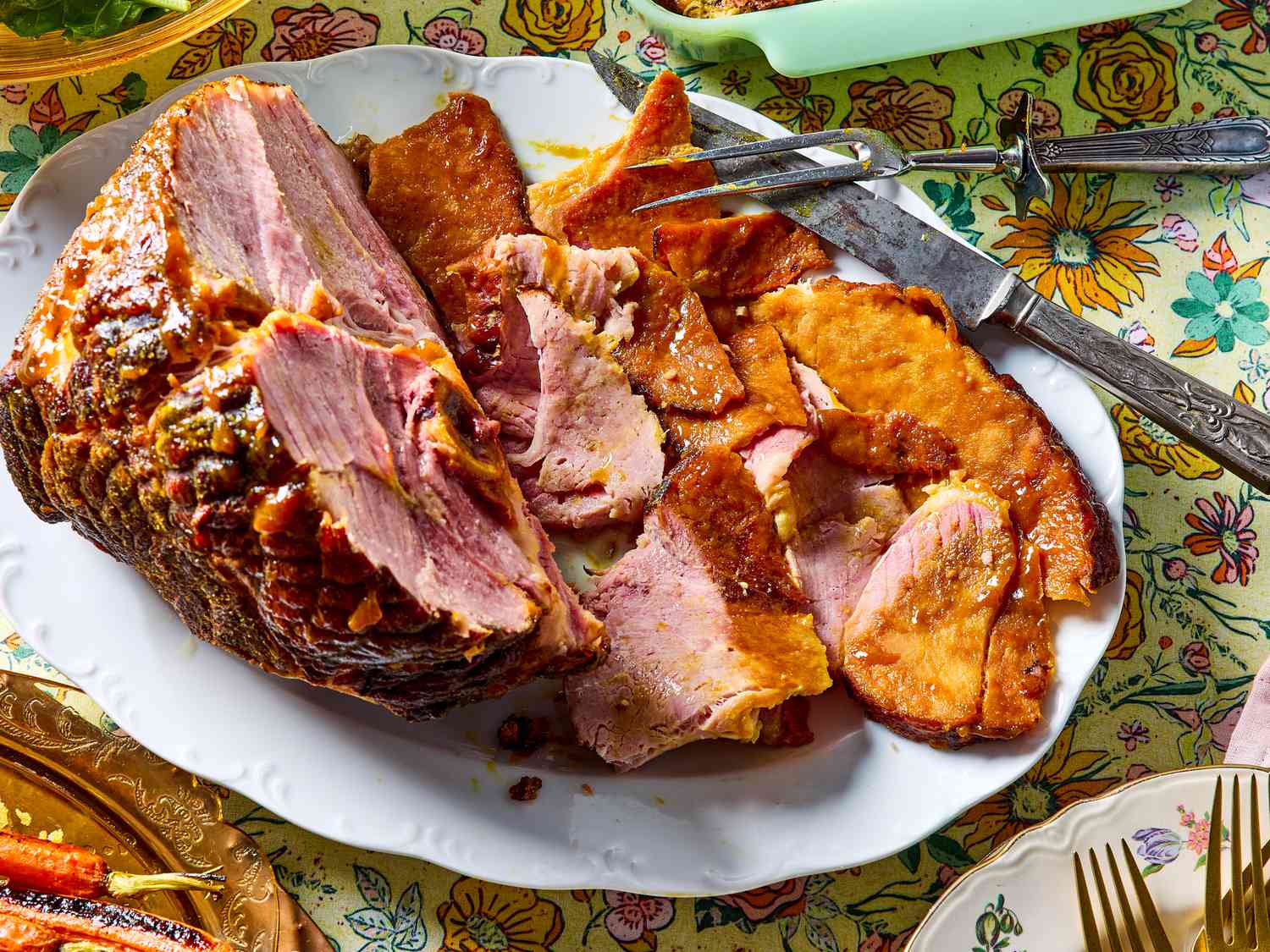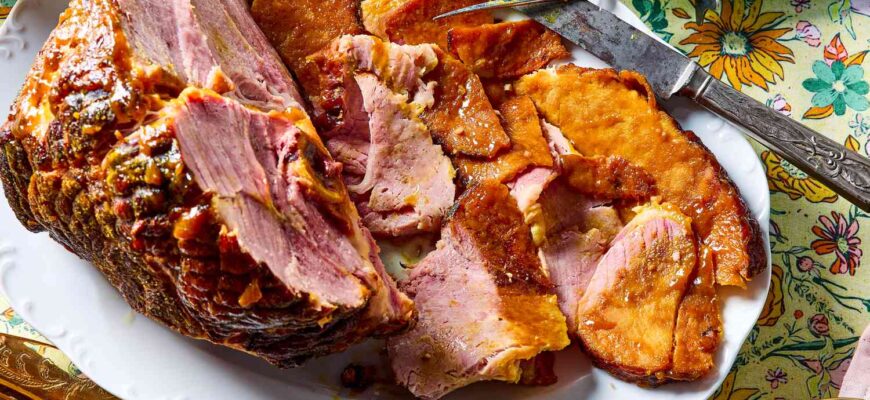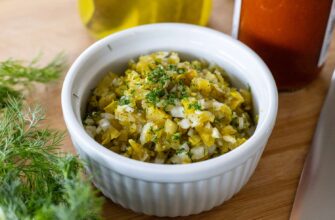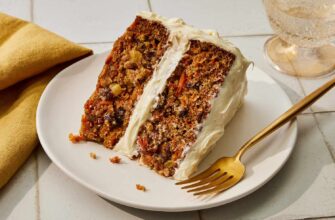Close


Photo:
Kelsey Hansen / Food Stylist: Annie Probst / Prop Styling: Addelyn Evans
For many home cooks, ham and Easter go hand-in-hand. Probably because it’s an easy meal that feeds a hungry crowd without complaint. Though digging deeper, the traditional dish has a more practical backstory than you might imagine. According to sources, including our sister brand Better Homes & Gardens, in the days before refrigeration, hams were smoked and cured in plenty of salt during the fall so they would last through the colder months and into spring.
That seems like a simple and logical explanation as to why the cut of pork ended up as the main course for Easter feasts. Today, the tradition remains, even though there are plenty of other options for Easter dinner.
If you're one of the many families that rely on this old standby, ensuring your ham doesn't dry out is one of the biggest concerns when cooking the holiday meal. So with Easter fast approaching, we spoke with two experts to get their best advice for ham prep.
How to Keep a Ham From Drying Out During Cooking
Chef David Rose, executive chef at Omaha Steaks, shared with us the following tips for hams that need to be baked:
- Moisture is key: When cooking your ham, place it in a roasting pan and add a liquid like wine, broth, juice, soda, or water to the bottom of the pan. Cover the meat tightly with foil to trap steam and moisture. If you’re not using a liquid in the pan, baste the ham with pan juices or glaze during the last part of cooking.
- For the glaze: Don’t glaze the ham too early, as it can dry out or burn. Heat the ham covered until it reaches an internal temperature of about 120 degrees F, then remove the foil, brush with glaze, and bake uncovered until heated through.
- Let it rest: Let the ham rest for 20 to 30 minutes after cooking, covered loosely with foil, to allow the juices to redistribute.
As for after the meal? Chef Rose suggests storing leftover ham in the refrigerator, covered tightly with plastic wrap, or in an airtight container. When reheating, don't be afraid to add a bit more moisture (like broth or water) and cover the ham to prevent it from becoming dry. If you have reserved glaze, follow the same steps as above for glazing.
How to Keep a Fully Cooked Ham From Drying Out
If you’re opting for a ready-made version from a brand such as Honey Baked Ham Company that pre-cooks (then spiral slices) its hams before flash freezing, Chef Tim Ziga, HoneyBaked’s Culinary Expert, shares these tips for your thawed ham.
- Don’t heat your ham before serving: Chef Ziga’s “rule number one” may seem odd, but “good quality ham is best when enjoyed at room temperature.” Instead of heating it, he recommends taking it out of the refrigerator about 30 minutes before you plan on serving it. That’s all you need to do.
- If you do, cover with foil: If you ignore rule number one and choose to warm the ham in the oven, tightly cover it in foil, place it on a baking sheet, and heat it at 275 degrees F for about 10 minutes per pound.
To keep leftovers from drying out, Chef Ziga recommends removing the slices of ham from the bone and storing them in an airtight container or wrapped in foil in the refrigerator.
Making Use of Leftover Ham
One of the great things about a ham is that it’s big, and there are usually leftovers. You can reheat slices following both chefs' advice above, or use ham as an ingredient in so many other dishes. Here are a few great ideas that work (even if your ham did get a little dried out).
- Ham Croquettes: Diced ham held together with egg and mayo, rolled into balls, breaded, then baked in the oven.
- Basic Ham and Bean Soup: Great Northern beans, diced ham, ham hock, chopped veggies, and seasonings combine to create a hearty soup.
- Monte Cristo Sandwich: Ham, turkey, Swiss cheese, and mustard between two slices of bread, dipped in beaten egg, and pan-fried until golden.
- Cheesy Leftover Ham and Mashed Potato Casserole: Ham, mashed potatoes, Cheddar, French fried onions, peas, and cream of celery soup all go into a casserole dish a tasty dinner comes out of the oven.
- Ham and Cheese Breakfast Quiche: A riff on a classic quiche that uses frozen hashbrowns mixed with melted butter as the crust rather than the traditional pie crust.
Was this page helpful?
Thanks for your feedback!
Tell us why!
Other
Submit






